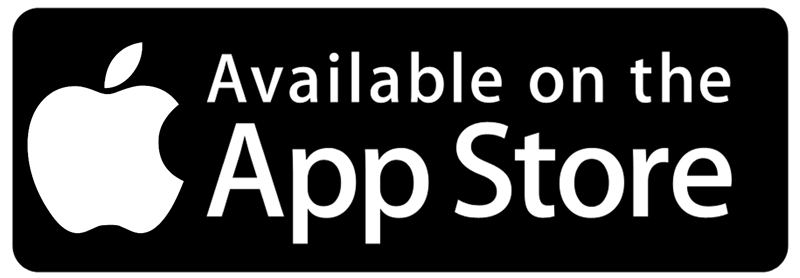|
Ever wondered what the difference is between AR/VR and MR? Checkout the fundamental differences between these technologies and how you can use them in your work: The time has come for architects and designers to embrace the emerging technological revolution, and use immersive experiences to differentiate themselves. Immersive media lies on a spectrum broadly categorised as Augmented Reality(AR), Virtual Reality(VR) and Mixed Reality(MR). Various industries have been able to boost their visualisation, training, and design capabilities, by adopting these digital technologies. Let's have a look at the different immersive technologies, and how the NextGen designer can use them to their advantage.. Augmented Reality Augmented reality is an overlay of digital content on the real world. The virtual objects can be in the form of 2D images,videos or 3D interactive objects. The most common example of AR would be snapchat filters and Pokemon GO app. AR experiences supplement the real world with digital objects using portable devices such as smart phones or smart glasses and AR headsets. Augmented reality requires spatial mapping to overlay digital content directly onto physical spaces. This means that the hardware used to run the AR experience will require a camera to detect the space, and accurately overlay it with digital content. AR has plenty of applications in manufacturing, retail, advertising, gaming and navigation. For architecture and design, apps like ARki are helping designers bring their projects to life and visualise them in the best possible way using AR. Virtual Reality Unlike Augmented Reality, Virtual Reality is a completely digital environment which replaces the real world. It shuts out the real environment and immerses the viewer into a different world. The viewer can interact with virtual elements and experience artificial sounds and sights, VR experiences are not linked to physical spaces, and do not require spatial mapping of a space/location to work. VR experiences require special headsets which are either PC connected headsets like Oculus Quest, standalone headsets like Oculus Go or smartphone aided headsets like Google cardboard and Samsung Gear VR. VR has multiple applications in the field of teaching, training, gaming and arts. The SALON VR experience at Saatchi Gallery is one such example. Mixed Reality Mixed reality is a blend of AR and VR experiences. It overlays digital components on the real world like AR, using spatial mapping, but it also has additional interactive capability of VR experiences. In an MR experience, objects from both virtual world and real world can not only co-exist but also interact with each other in real time.The digital elements respond to change in the real world and actions performed by the user. It is a hybrid immersive experience that usually requires headgear, and was initially made popular by Microsoft Hololens. There are many applications of MR especially in the arts and creative industries. One such example was an MR installation at the London Design Festival 2021 by Tin Drum, called Medusa. Unlike the fixed nature of AR experiences. the MR structure interacted with the audience and the structure looked different to a group of 5 onlookers as opposed to 50. Inspired to create your own AR experience? ARki app is helping NextGen designers create new immersive landscapes! If you would like to learn more about how you can be stepping into the future of Architecture + Design, click below and request a demo!
0 Comments
Your comment will be posted after it is approved.
Leave a Reply. |
Darf BlogWelcome to Darf Blog. Categories
All
Archives
March 2024
|
Want more Information?
Our TeamAbout
|
HelpTutorials
|
LegalTerms of Use
|
All works © Darf Design 2020
Please do not reproduce without the expressed written consent of Darf Design
Please do not reproduce without the expressed written consent of Darf Design

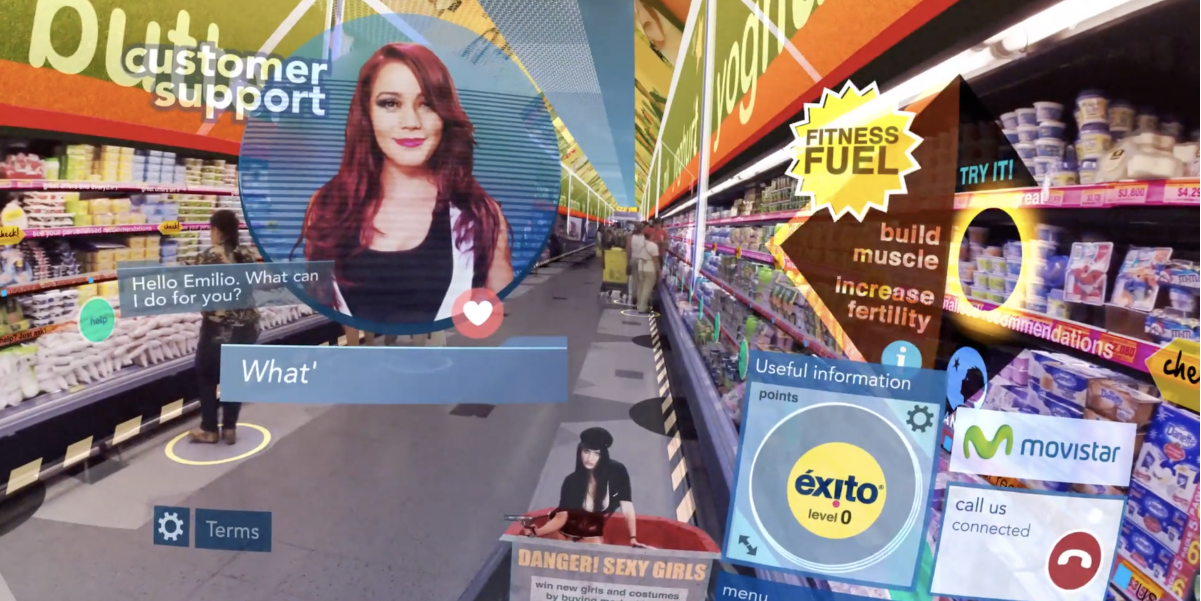
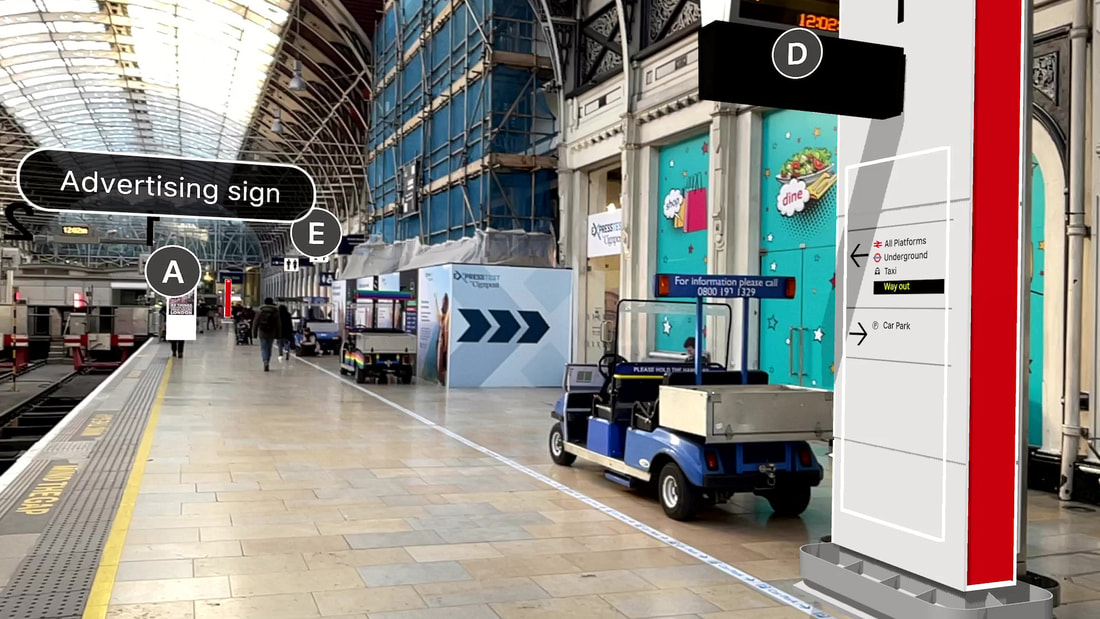
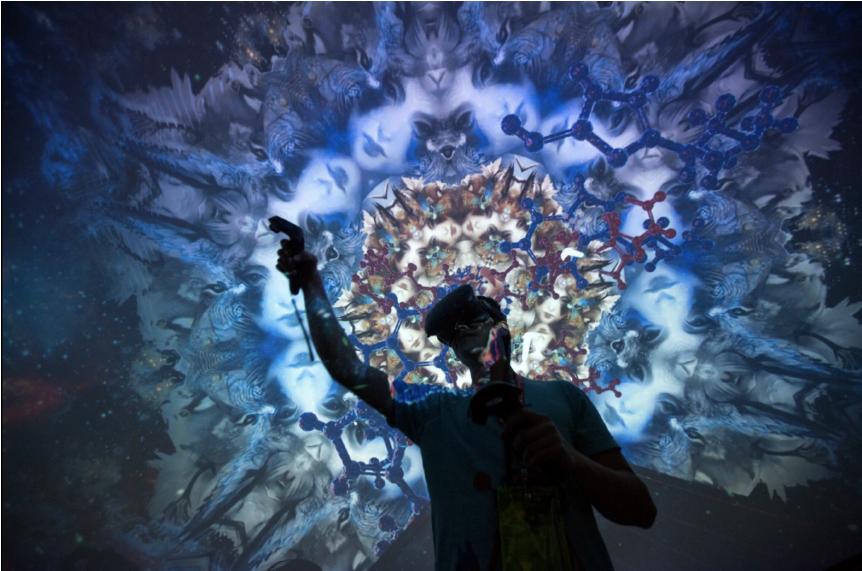
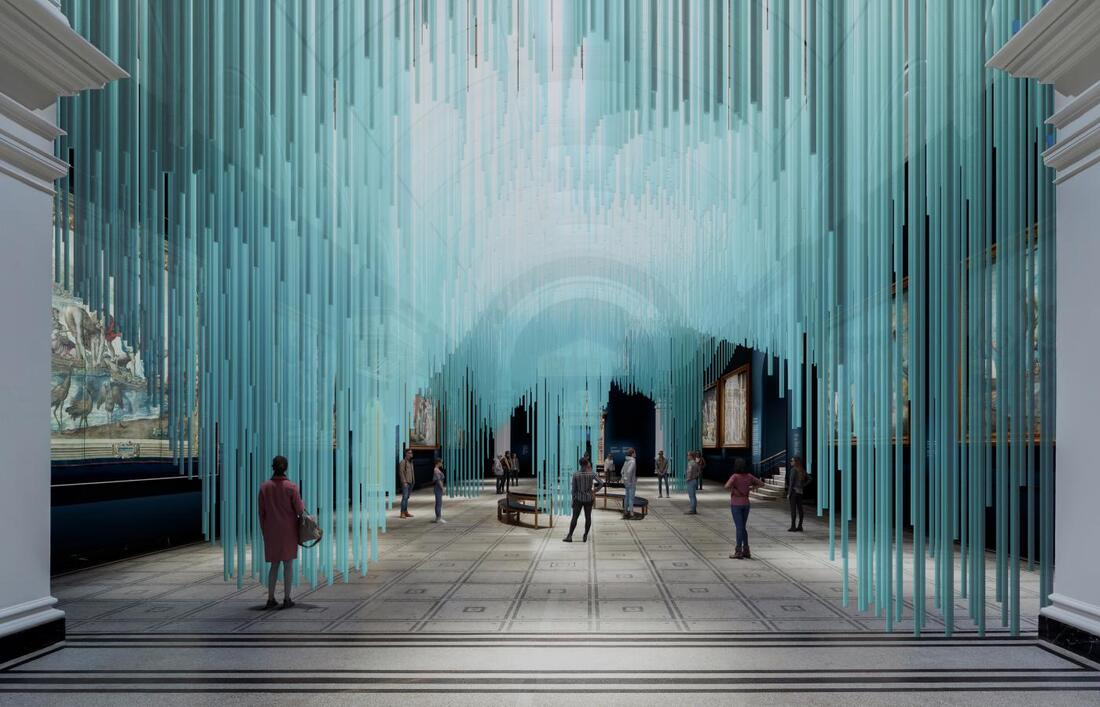
 RSS Feed
RSS Feed
